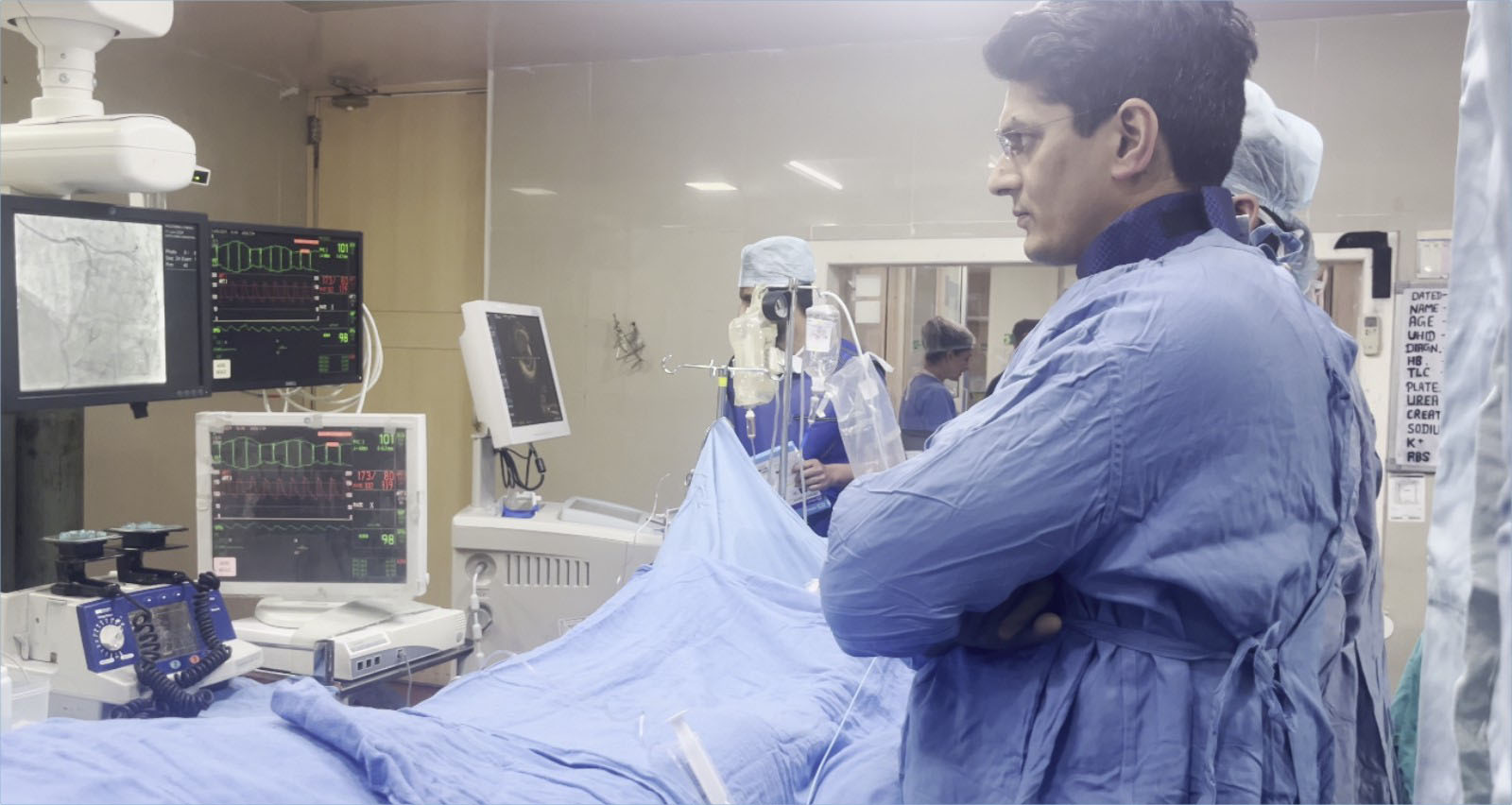- +91 6284941359
- info@drrakeshsharmacardiologist.com
- Livasa Hospital, Sec 71, Mohali

Angiography is a medical imaging modality that depicts the interior of blood vessels and organs. The procedure involves the administration of a contrast agent into the vessels, thereby making them more visible during imaging scans. Thus, here is a more elaborative overview: